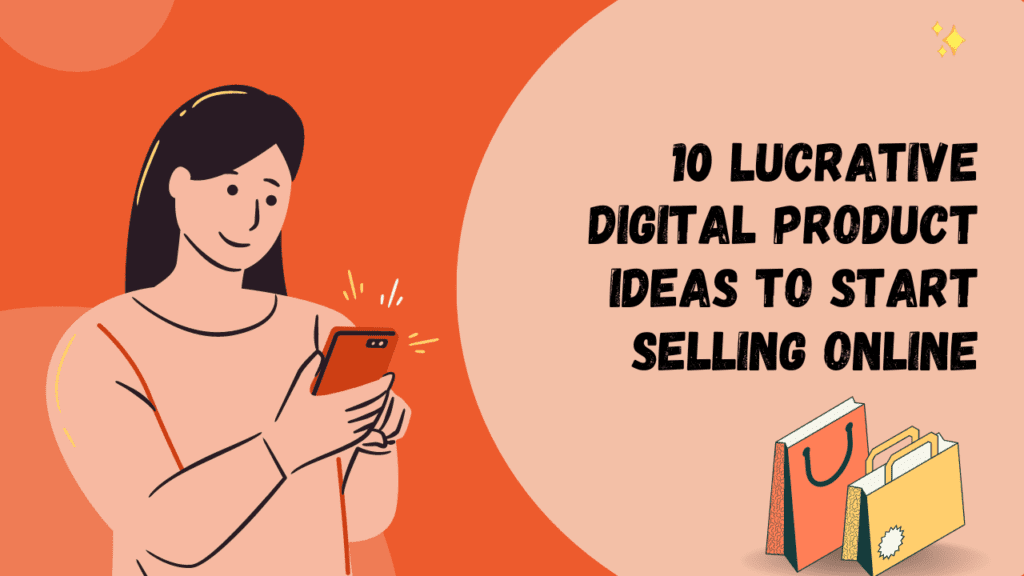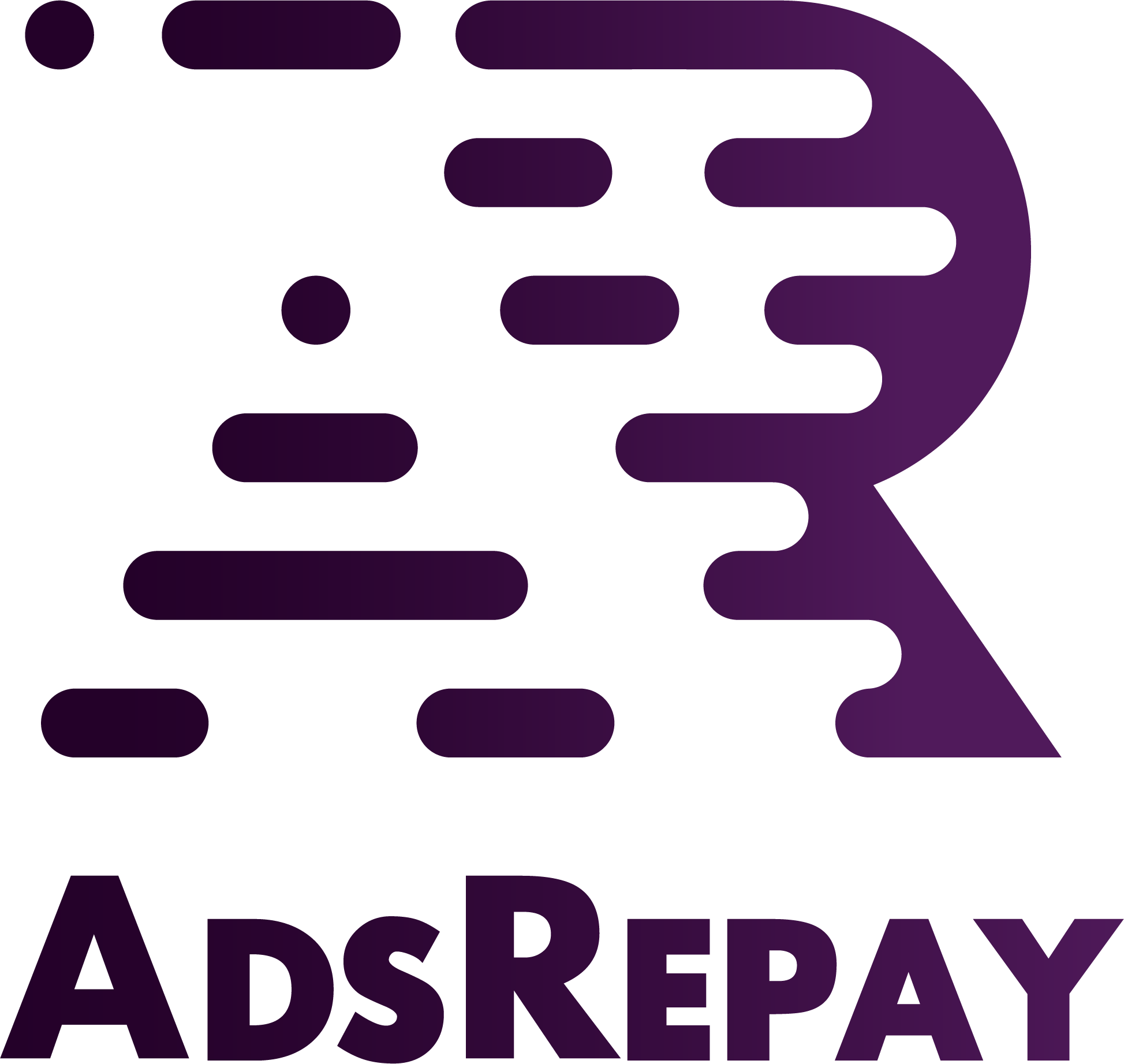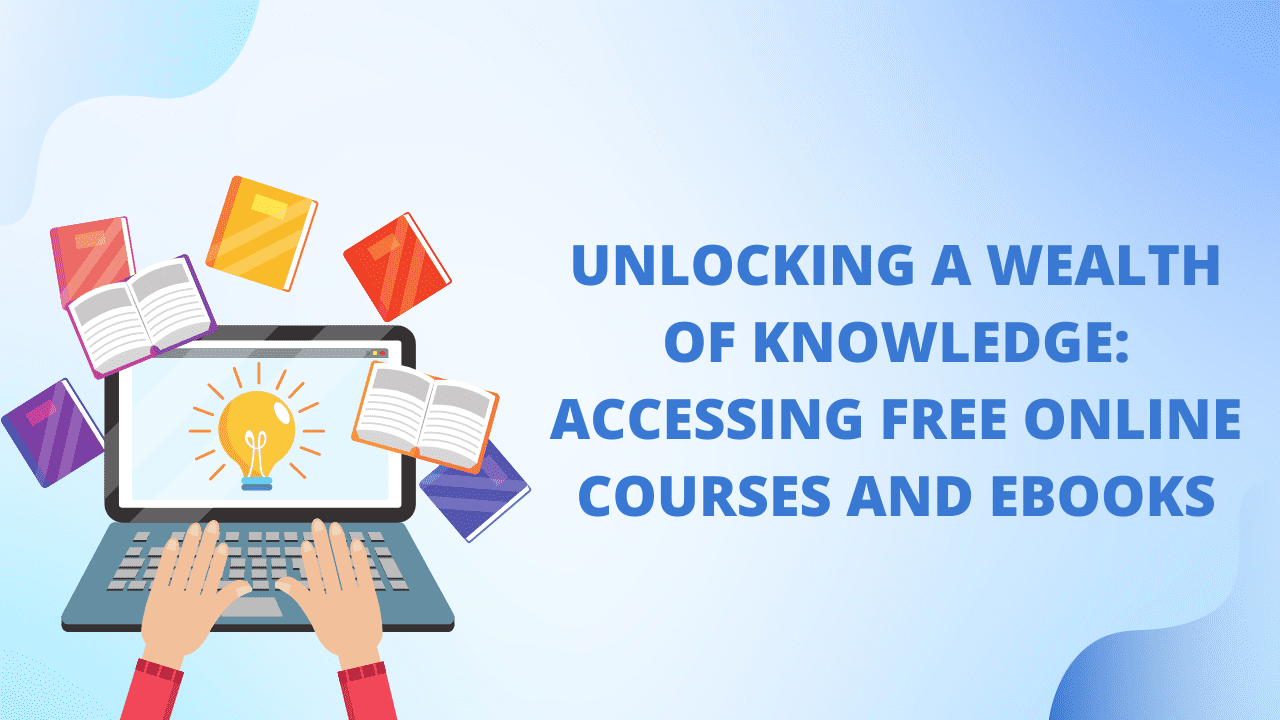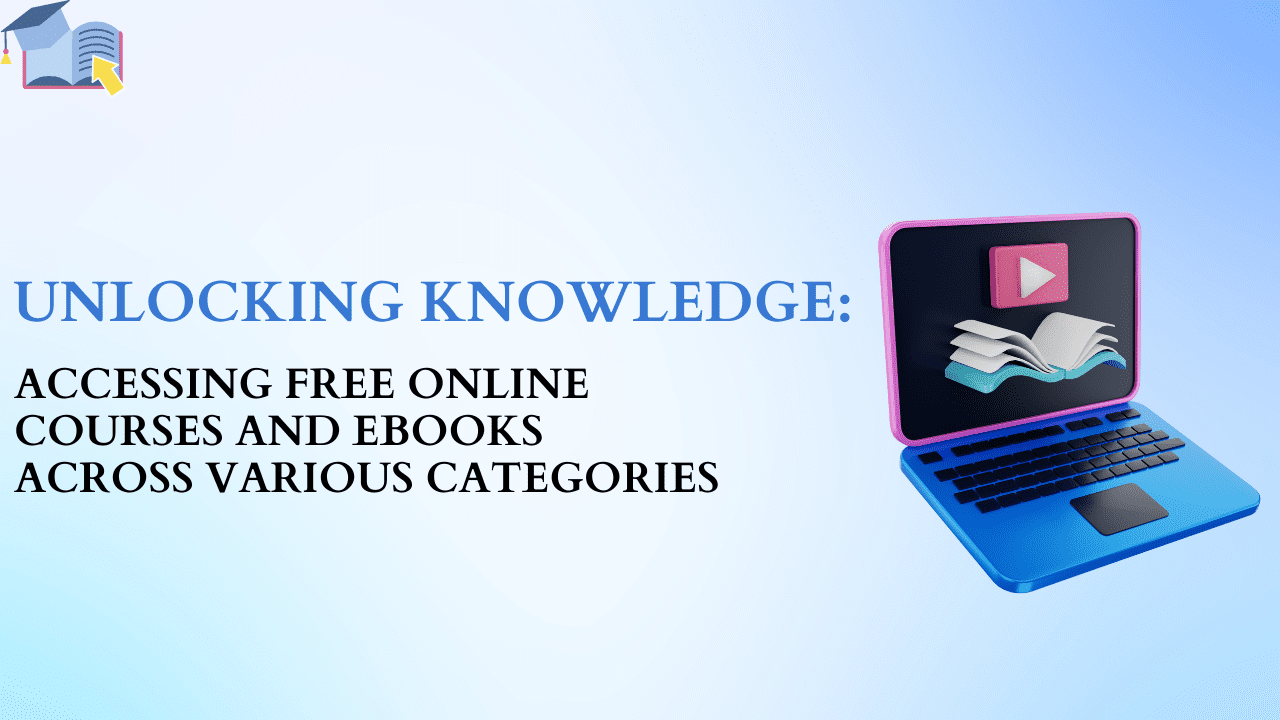
Introduction:
In today’s digital age, the market for digital products is flourishing. From ebooks to planners, content calendars to fitness guides, there’s a plethora of opportunities for entrepreneurs to create and sell digital products online. This blog aims to explore the vast potential of the digital product market by offering 10 innovative ideas along with resources to create them, all with minimal investment.
Purpose of the Blog
The primary purpose of this blog is to equip aspiring entrepreneurs with valuable insights and practical strategies to tap into the lucrative world of digital products. By presenting a diverse range of digital product ideas, we aim to inspire creativity and entrepreneurship while providing resources to turn ideas into reality. Whether you’re a seasoned professional or a novice, this blog is designed to empower you to capitalize on the growing demand for digital solutions.
Value of Digital Products
Digital products offer unique advantages over traditional physical goods. They provide instant access, convenience, and scalability for both creators and consumers. Moreover, digital products have the potential to solve specific problems or fulfill particular needs, making them highly valuable in today’s fast-paced world. Whether it’s providing educational content, organizational tools, or entertainment, digital products have the power to enhance people’s lives in various ways.
Understanding Digital Products
In today’s world, digital products play a big role in how we buy and sell things. They’re not physical items like books or toys instead, they’re things you can download or access online, like ebooks, apps, or online courses.
Here’s why digital products are different from physical ones:
1. What They Are: Digital products are intangible—they don’t have a physical form. Instead, you can use them on your phone, computer, or other devices.
2. How They’re Made and Sold: Unlike physical products that need factories and shipping, digital products can be created and sold entirely online. This makes them cheaper to make and easier to deliver instantly to customers all over the world.
3. Why They Matter: Just like physical products, digital ones need to solve a problem or meet a need for people. Whether it’s learning something new, getting entertained, or being more productive, digital products have to offer something valuable to their users.
4. Why They’re Great for Business: Digital products are super flexible. You can customize them to suit different interests and markets. Plus, they can reach lots of people without much extra cost, which means they can be really profitable.
Understanding digital products is key for anyone looking to succeed in the digital world. By making the most of their benefits—like being easy to scale and customize—entrepreneurs can find new ways to grow and thrive in today’s fast-paced economy.
Criteria for Successful Digital Products
Creating digital products that really hit the mark involves more than just putting something online. It’s about making sure your product meets the needs of your customers and shines in the crowded digital marketplace. Here are some key things to consider for success:
1. Provide Real Value and Solve Problems: Your digital product should make a difference in people’s lives. Whether it’s teaching a new skill, boosting productivity, or just providing some fun, it has to offer something meaningful. When your product genuinely helps people, they’ll keep coming back for more.
2. Educate or Entertain: Successful digital products usually fall into two main categories: educational and entertaining. Educational products, like online courses or guides, give users valuable knowledge and skills. Entertainment products, like games or digital art, offer enjoyment and relaxation. By catering to both learning and leisure, you can appeal to a wider audience with your digital product.
3. Focus on Niche Problems or Interests: Sometimes, it’s better to go deep than wide. Targeting a specific niche within a larger market lets you really understand your audience’s needs. By solving niche problems or catering to niche interests, your product can connect more deeply with customers. Plus, it helps you stand out from the competition and become a go-to resource in your chosen field.
1. Digital Product Idea: Motivational Wall Art
Motivational wall art is all the rage these days! You’ve probably seen those inspiring quotes or beautiful designs hanging in homes or offices. But did you know you can create and sell your own digital versions of these artworks? Let’s take a closer look at how you can do just that:
1. Say Goodbye to Physical Stuff: One of the best things about selling digital downloads like motivational wall art is that you don’t need to deal with physical inventory. No printing, packing, or shipping required! Your customers can get their hands on your designs instantly, either through email or download links. This not only saves you time and money but also makes it super easy for your customers to access your awesome creations right away.
2. Creating Awesome Designs: When it comes to making motivational wall art, the key is to create something that speaks to people. Think powerful quotes, uplifting messages, or beautiful imagery that inspires and motivates. You don’t need to be a design pro either – there are tons of tools out there, like Canva, that make it easy to create stunning designs even if you’re not a graphic designer.
3. Spreading the Word: Now comes the fun part – getting your creations out into the world! Here are a few ways you can market your motivational wall art:
Social Media: Platforms like Instagram, Pinterest, and Facebook are perfect for showcasing your designs to your target audience. Create eye-catching posts or ads that show off your artwork and encourage people to check it out.
Content Marketing: Write blog posts, make videos, or send out email newsletters talking about topics like motivation, personal growth, or home decor. Include your wall art in your content to show people how awesome it is.
Team Up: Partner with influencers, bloggers, or other creators in your niche to spread the word about your art. You could even offer them a commission for every sale they help you make.
Giveaways and Discounts: Everybody loves a good deal! Offer freebies or discounts to new customers to entice them to give your art a try.
Get Google-Friendly: Make sure your website or online store is optimized for search engines so people can find your art when they’re searching online.
With these strategies in your arsenal, you’ll be well on your way to creating and selling awesome motivational wall art that inspires and uplifts people all over the world!
2. Planners and Organizers:
Exploring the Rise of Digital Planners
In today’s fastpaced world, keeping track of our schedules, tasks, and goals can be a real challenge. That’s where digital planners come in handy. They’re like our trusty sidekick, helping us stay organized and on top of things, all without the hassle of carrying around bulky notebooks.
Why Digital Planners are Trending
Imagine having your entire life organized right at your fingertips. That’s the beauty of digital planners. They’re super convenient because you can access them from your phone, tablet, or computer, wherever you go. Plus, they’re customizable, so you can make them look and work just the way you want.
And let’s not forget about the environment – by going digital, we’re cutting down on paper waste and doing our part to help the planet.
Crafting Homeschool Planners for Families
With more families opting for homeschooling, there’s a growing need for planners tailored to their unique needs. When creating homeschool planners, it’s all about making things easy and flexible:
Give families customizable templates for planning their curriculum, so they can tailor it to their teaching style.
Include tools for tracking progress and recording achievements, like grades and milestones.
Make it easy to integrate resources, like worksheets and online learning platforms, right into the planner, and don’t forget about teamwork – allow parents and kids to collaborate on the planner, so everyone stays on the same page.
Specialized Planners for Every Need
But homeschooling isn’t the only area where specialized planners can make a difference. Here are a few other ideas:
Fitness and Wellness Planners: Keep track of your workouts, meals, and selfcare routines all in one place.
Business and Productivity Planners: Stay on top of your projects, goals, and finances with a planner designed for entrepreneurs and professionals.
Travel Planners: Plan your dream vacation with ease, from booking flights to creating packing lists.
By creating planners that cater to specific needs and interests, digital entrepreneurs can help people stay organized, motivated, and ready to tackle whatever life throws their way.
3. Content Calendars:
Understanding the Boom in Content Creation Tools
Lately, there’s been a surge in the need for tools to help folks create content. Here’s why:
1. Digital Platforms Are Everywhere: Social media, blogs, podcasts, videos – you name it. Everyone’s jumping on these platforms, and they need tools to keep their content game strong across all of them.
2. Influencer Marketing Is Huge: Brands are teaming up with influencers to reach their audience. But to keep those followers engaged, influencers need tools to plan, create, and schedule topnotch content.
3. Consistency Is Key: Whether you’re blogging, posting on social media, or making videos, consistency matters. Content calendars are lifesavers, helping creators stick to a schedule, plan ahead, and deliver quality content every time.
Tips for Crafting Content Calendars for New Creators
Now, if you’re looking to help out budding content creators, here are some ideas:
1. Monthly and Weekly Plans: Give them templates to map out their content ideas, deadlines, and when they’ll hit publish. It’s like having a roadmap for their content journey.
2. Themes and Categories: Help them organize their content into neat categories or themes. This way, they can keep things cohesive and mix it up a bit.
3. SEO Tips: Teach them how to find the right keywords and optimize their content for search engines. It’s like giving their content a better chance to be seen by more people.
4. Promotion Strategies: Show them the ropes on promoting their content across different channels. Because what’s the point of great content if no one sees it, right?
5. Track Performance: Help them keep an eye on how their content is doing. By tracking metrics like website traffic and engagement, they can see what’s working and what needs tweaking.
By providing aspiring content creators with these tools and resources, you’re setting them up for success in a world where content is king. And as the demand for content keeps growing, having these tools at their fingertips becomes more important than ever.
4. Ebooks and Guides:
Unveiling the Potential of Ebooks for Sharing Expertise:
Ebooks and guides are like treasure troves for sharing knowledge with the world. Here’s why they’re so powerful:
1. Sharing Wisdom Far and Wide: Whether it’s sharing practical tips, industry secrets, or personal stories, ebooks let authors spread their expertise to a global audience. It’s like having a worldwide classroom at your fingertips.
2. Building Trust and Authority: Publishing ebooks helps authors establish themselves as experts in their field. By offering valuable insights and advice, authors earn credibility and become goto sources for reliable information.
3. Making Money Moves: Ebooks aren’t just about sharing knowledge; they’re also moneymakers. Authors can sell them as standalone products, bundle them with other offerings, or even use them to attract subscribers. It’s a winwin for both knowledge seekers and creators.
4. Turning Old Content into Gold: Authors can recycle existing content, like blog posts or presentations, into ebooks. This not only maximizes the value of their work but also opens doors to new audiences. Plus, ebooks can be springboards for creating other paid offerings like online courses or workshops.
Harnessing AI Tools to Supercharge Content Creation:
Now, let’s talk about how AI tools can take content creation to the next level:
1. Content Creation on Autopilot: AIpowered tools can help authors write faster by automating tasks like generating outlines or brainstorming ideas. It’s like having a writing assistant on standby 24/7.
2. Polishing Your Prose: AI can also lend a hand in editing, proofreading, and formatting content. This ensures your ebook is topnotch and ready to impress readers. Plus, AI can analyze reader data to personalize recommendations, keeping readers hooked.
3. Breaking Language Barriers: With AI translation tools, authors can reach readers worldwide by translating their ebooks into different languages. These tools preserve the nuances of the original text, making sure it resonates with diverse audiences.
4. Mastering SEO with AI: AI analytics platforms provide insights into how your ebook is performing and what readers are searching for. This helps authors optimize their content for search engines, attracting more eyeballs and boosting discoverability.
By combining the power of ebooks with AI tools, authors can share their expertise with the world more effectively than ever before. It’s a winwin for authors and readers alike, making knowledge more accessible and valuable in our digital age.
5. Cookbooks and Recipes: Bringing Culinary Delights to the Digital World
Bringing Culinary Delights to the Digital World:
Cookbooks and recipes are finding new homes online, opening up a world of possibilities for creators and food lovers alike. Here’s how traditional and unique recipes can make a splash in the digital realm:
1. Preserving Family Treasures: Imagine those beloved family recipes that have been passed down through the years, carrying with them memories and cultural heritage. Digitizing these recipes allows individuals to share them with a wider audience, keeping traditions alive and celebrating diversity. Whether it’s grandma’s special lasagna or a cherished holiday dessert, these recipes connect us to our roots and offer authentic culinary experiences.
2. Catering to Dietary Needs: With more people adopting specialized diets and lifestyles, there’s a demand for digital cookbooks tailored to specific dietary requirements. Whether it’s vegan, glutenfree, paleo, or keto, entrepreneurs can create recipe collections that cater to these niche preferences, offering valuable resources and inspiration for those with dietary restrictions or lifestyle choices.
3. Exploring Fusion Flavors: Fusion cuisine blends flavors and techniques from different culinary traditions, creating exciting and innovative dishes. Entrepreneurs can tap into this creativity by crafting recipe collections that mix diverse culinary influences. From Asianinspired tacos to Mediterraneaninfused salads, fusion recipes appeal to adventurous foodies looking for unique flavor combinations and culinary adventures.
4. Crafting Compelling Recipe Collections:
Themed Collections: Organize recipes around specific themes, ingredients, cuisines, or occasions. Whether it’s seasonal dishes for holidays or collections focused on local produce, themed recipes cater to different interests and provide inspiration for cooking adventures.
Interactive Content: Make recipes come alive with multimedia elements like video tutorials, cooking demos, and interactive recipe cards. These engaging experiences not only guide users through the cooking process but also create deeper connections with the recipes and their creators.
Community Collaboration: Encourage users to contribute their recipes, tips, and experiences, fostering a sense of community within the cookbook platform. Collaborative platforms enrich the cookbook’s content while creating a shared sense of belonging among contributors and users.
Personalization Options: Offer customization features such as dietary filters and meal planning tools to cater to individual preferences. Empowering users to personalize their culinary journey enhances satisfaction and encourages longterm engagement with the digital cookbook.
By embracing the digital space, cookbooks and recipes can reach new audiences, inspire culinary creativity, and bring people together around the joy of food.
6. Fitness Guides: Empowering Health and Wellness in the Digital Age
In today’s health conscious world, digital products related to fitness have become incredibly popular, offering a host of benefits for both creators and users. Let’s explore why they’re so appealing and some creative ways to share personal fitness routines and motivational content:
1. Why Fitness Digital Products Are So Popular:
Accessibility and Convenience: Digital fitness guides are super convenient, letting users access workout routines, nutrition plans, and wellness tips whenever they want, wherever they are. With devices like smartphones and tablets always at hand, people can fit fitness into their busy schedules without worrying about time or location constraints.
Customization and Personalization: Unlike traditional fitness programs, digital products can be tailored to fit each user’s needs perfectly. Whether it’s adjusting workouts to match individual fitness levels, tracking progress with personalized metrics, or tweaking nutrition plans based on dietary preferences, digital fitness guides let users customize their wellness journey to suit their unique goals.
Community Support and Accountability: Many digital fitness platforms create a sense of community among users through features like social interaction, online forums, and virtual challenges. By connecting with others who share their goals, users can share progress updates, get encouragement from peers and coaches, and feel supported and motivated on their fitness journey.
2. Creative Ideas for Sharing Fitness Routines and Motivation:
Videobased Workouts: Create workout guides with videos featuring personalized routines, exercise demos, and motivational cues. Whether it’s intense interval training, calming yoga flows, or musclebuilding circuits, videos make it easy for users to follow along and stay motivated.
Nutrition Guides and Meal Plans: Offer comprehensive nutrition guides and meal plans to complement workouts and support overall wellness. Include recipes, meal prep tips, and nutritional info to help users make smart dietary choices and fuel their bodies effectively.
Progress Trackers and Goal Setting: Develop interactive tools that let users set fitness goals, track progress, and celebrate achievements. Whether it’s logging workouts, monitoring body measurements, or keeping tabs on calorie intake, progress trackers provide valuable feedback and keep users accountable.
Motivational Content and Inspirational Stories: Share uplifting content, success stories, and inspirational quotes to encourage users on their fitness journey. Whether it’s personal stories of transformation or messages of positivity, a dose of motivation can boost morale and help users stay focused and determined.
With the convenience of digital platforms and the power of community support, fitness enthusiasts have all the tools they need to reach their goals and live their healthiest lives.
7. Unlocking the World of Travel: A Guide for Everyone
The world of travel isn’t just for those jetting off with passports and suitcases; it’s also for those who dream from the comfort of their armchairs. Let’s take a closer look at the travel niche and how to create engaging travel guides, whether you’re a globetrotter or an armchair adventurer:
1. Opportunities for All in Travel:
Armchair Adventures: Nowadays, travel isn’t just about physical journeys. Armchair travelers, who love exploring new cultures and places through stories and images, are a big audience. Digital travel guides use vivid descriptions, stunning photos, and captivating tales to let armchair travelers wander the world without leaving home.
For the Wanderers: Travel buffs rely on detailed guides for planning trips, uncovering hidden gems, and navigating unknown territories. Whether it’s finding local secrets or tackling logistics, these guides offer curated advice and insider tips for every part of the journey, from where to stay to what to see.
Catering to Niches: Whether you’re a budget backpacker, luxury traveler, solo adventurer, or family vacationer, there’s a niche for you. Tailoring guides to specific interests helps creators stand out and attract followers seeking specialized advice and recommendations.
2. Crafting Detailed Travel Guides:
Thorough Research: Dive deep into destination research to gather accurate and uptodate information on attractions, accommodations, dining, and safety. Use various sources like travel websites, guidebooks, and blogs to cover all the bases.
Personal Touch: Share personal experiences and local insights to give authentic recommendations. Personal stories and insider tips offer a unique perspective and help connect with the audience. Don’t be afraid to reach out to locals for their input to enrich the guide with genuine suggestions.
Interactive Tools: Make the user experience more engaging with interactive maps and detailed itineraries. Visual representations of the destination, along with suggested routes and points of interest, help users plan their trips effectively.
Visual Appeal: Capture the essence of the destination with captivating visual content, including photos, videos, and virtual tours. Stunning imagery showcases the destination’s beauty and diversity, while multimedia elements like videos and VR experiences bring it to life.
By catering to different interests and preferences, digital travel guides open up a world of discovery and adventure for travelers everywhere. Whether it’s sparking wanderlust in armchair travelers or helping seasoned explorers plan their next trip, these guides play a vital role in making travel accessible and unforgettable for everyone.
8. Unlocking Parenting Resources: Mom Guides and Kids' Activities
Parenting these days can be a mix of joy and challenges. With so much to handle, especially for moms, there’s a growing need for helpful resources to guide them through the journey of raising kids. Here’s a closer look at how digital products focused on kids’ activities and education are making a difference:
1. Meeting the Demand for Parenting Resources:
Navigating Parenthood: Parenting is like a rollercoaster ride, with different stages presenting unique challenges. Moms often look for guidance and support to navigate through these stages. Digital mom guides are like a trusted friend, offering tips, advice, and stories on everything from pregnancy to raising toddlers.
Empowering Moms: These guides are like toolkits for moms, packed with practical advice and expert tips. Whether it’s dealing with sleep routines or balancing work and family life, these resources give moms the confidence to tackle parenting challenges headon.
Building Community and Support: Beyond just information, digital mom guides also create a sense of community. Online forums and social media groups allow moms to connect, share experiences, and support each other. It’s like having a virtual village of moms cheering you on.
2. Creating Digital Products for Kids’ Activities and Education:
Educational Resources: Parents are always looking for ways to make learning fun for their kids. Digital products like educational apps, ebooks, and online courses offer engaging resources for children of all ages and learning styles.
Encouraging Creative Play: Kids love to explore and create. Digital products that encourage creative play, such as interactive games and DIY craft projects, spark their imagination and help them develop important skills like problemsolving and creativity.
Fostering ParentChild Bonding: These activities aren’t just about learning—they’re about bonding too. Whether it’s cooking together or going on outdoor adventures, these shared experiences create lasting memories and strengthen the parentchild relationship.
With digital resources like mom guides and kids’ activities, parenting becomes a bit easier and a lot more fun. It’s all about empowering parents and creating memorable moments with their little ones.
9. Weekly Meal Planners: Simplifying Meal Planning
Meal planning is like the superhero of healthy eating and keeping your household running smoothly. Let’s dig into why it’s so essential and how to create meal planning templates that make life easier:
1. Addressing the Need for Meal Planning Solutions:
Efficiency and Organization: We’re all busy, right? Meal planning saves the day by helping us organize our meals ahead of time. It cuts down on stress during those crazy weekdays, letting us use ingredients wisely, minimize food waste, and avoid those lastminute grocery store dashes.
Health and Nutrition: Planning meals in advance helps us make healthier choices. With a meal plan, we can ensure we’re getting a good mix of nutritious foods and the right portion sizes. It’s a lifesaver for anyone with specific health goals or dietary needs, like losing weight or managing allergies.
Cost Savings: Meal planning can also save us some serious cash. By sticking to a plan, we can avoid impulse buys, eating out too much, and tossing out unused food. Plus, it encourages us to shop smart, take advantage of sales, and make the most of what we buy.
2. Ideas for Designing Customizable Meal Planning Templates:
Weekly Meal Calendar: Keep it simple with a weekly meal calendar. This lets you jot down what you’ll eat for breakfast, lunch, dinner, and snacks each day. It’s handy for planning recipes and making your grocery list.
Recipe Bank Integration: Make life easier by including a recipe bank right in your meal planner. That way, you can browse recipes and pick what you want to make without flipping through cookbooks or scrolling endlessly online.
Customizable Sections: Everyone’s different, so let users personalize their planner. Add sections for dietary needs, meal preferences, or anything else that matters to them.
Grocery List Generator: Say goodbye to forgotten ingredients with a builtin grocery list generator. It’ll gather everything you need from your meal plan and let you check things off as you shop.
Digital and Printable Formats: Offer your meal planner in both digital and printable versions. That way, people can use it however they like—whether they prefer keeping things digital on their phone or having a hard copy in the kitchen.
With a great meal planning template, eating healthy and staying organized becomes a piece of cake (or maybe a slice of broccoli, if that’s your thing).
Canva has completely changed the game when it comes to creating visual content. It’s super easy to use and has tons of options, making design accessible to everyone, whether you’re a pro or a beginner. Let’s dive into why Canva rocks and how you can make and sell customizable templates using it:
1. Why Canva is Awesome:
Easy to Use: Canva’s like a breeze to use. You don’t need fancy design skills—all you have to do is drag and drop stuff to make cool designs.
Loads of Options: It’s like a treasure trove of design stuff. You can find templates for pretty much anything—social media posts, presentations, flyers, you name it.
Collaboration Made Easy: If you’re working with a team, Canva’s got your back. You can all work on designs together, share feedback, and access your stuff from anywhere.
2. Tips for Making and Selling Templates:
Know Your Audience: Figure out who you’re making templates for. Is it businesses, teachers, bloggers, or event planners? Tailor your templates to what they need and like.
Make Them TopQuality: Your templates gotta look good. Keep up with the latest design trends and make sure your stuff is easy to customize.
Add Extra Value: Throw in some extra goodies to make your templates stand out. Stuff like editable graphics, design tips, or premium features can make a big difference.
Bundle Up: Mix and match your templates to make bundles or packages. It’s like getting a deal on a bunch of cool stuff at once.
Spread the Word: Once your templates are ready, shout about them from the rooftops (or at least on social media). Show off what you’ve made, tell people why they need it, and watch the sales roll in.
With Canva by your side, creating and selling templates is a piece of cake. So get out there, get creative, and start making some awesome stuff!
Creating and Selling Digital Products: Your Complete Guide
Turning your creative ideas into profitable digital products is easier than ever in today’s digital world. Let’s dive deep into the process, from crafting your products with Canva to hosting them affordably on Hostinger, and finally, marketing strategies to boost sales:
1. Crafting with Canva:
Design Made Simple: Canva is your goto tool for creating visually stunning digital products without the need for design expertise. With its draganddrop interface and customizable templates, anyone can design professionallooking ebooks, social media graphics, and more.
Personalization Power: Tailor your digital products to your brand and audience with Canva’s customization options. From colors to fonts, tweak every detail to make your products stand out and resonate with your audience.
Effortless Creation: Canva’s userfriendly interface makes the design process a breeze, saving you time and effort. Say goodbye to complex design software and hello to hasslefree creation.
2. Hosting on Hostinger:
BudgetFriendly Hosting: Hostinger offers reliable hosting services at walletfriendly prices, perfect for entrepreneurs on a budget. With Hostinger, you get topnotch security and uptime without breaking the bank.
Peace of Mind: Your digital products are safe and secure with Hostinger’s advanced security features and roundtheclock support. Rest easy knowing your products are in good hands.
3. Setting Up Shop:
Choose a Domain: Select a domain name that reflects your brand and resonates with your audience. Hostinger’s domain registration services make it easy to secure your chosen domain.
Design Your Site: Use Canva to design eyecatching elements for your website, from logos to product images. Customize templates or create your own designs to showcase your digital products effectively.
Ecommerce Made Easy: Integrate ecommerce tools like WooCommerce or Shopify to streamline online sales and payment processing. Set up product listings with detailed descriptions and pricing information.
Get Found: Implement SEO strategies to improve your website’s visibility and attract organic traffic. Optimize product descriptions and content to rank higher in search engine results.
4. Driving Sales with Marketing:
Social Media Savvy: Harness the power of social media to promote your digital products and engage with your audience. Share visually appealing graphics and special offers to create buzz and attract potential customers.
Content is King: Create valuable content related to your products to establish credibility and attract organic traffic. Share insights and industry trends to position yourself as an authority in your niche.
Email Magic: Build an email list of subscribers interested in your products and send targeted campaigns to nurture leads and drive sales. Offer exclusive discounts or freebies to incentivize signups.
Team Up: Collaborate with influencers or industry partners to expand your reach and gain exposure to new audiences. Joint promotions and crosspromotional opportunities can increase brand visibility and drive sales.
With Canva, Hostinger, and strategic marketing tactics in your toolkit, you’re wellequipped to create, host, and sell your digital products successfully. So, roll up your sleeves, unleash your creativity, and watch your digital product empire thrive!
Conclusion:
As we wrap up our journey through the world of digital products, let’s recap the key points we’ve covered and set the stage for your next steps:
Unlocking Digital Product Potential: We’ve explored the diverse landscape of digital products, from motivational wall art to fitness guides and everything in between. The possibilities are endless, limited only by your imagination.
Crafting with Canva, Hosting with Hostinger: With tools like Canva for design and Hostinger for hosting, you have the power to bring your digital creations to life affordably and efficiently.
Marketing Mastery: We’ve delved into effective marketing strategies to promote your digital products and attract eager customers, from social media savvy to email magic.
Now, it’s time to take the leap and pursue your digital product dreams. Whether you’re passionate about fitness, parenting, travel, or cooking, there’s a niche waiting for your expertise and creativity.
I encourage you to explore digital product ideas aligned with your interests and expertise. Your unique perspective and passion will shine through in your creations, attracting an audience eager to engage with your offerings.
And remember, you don’t have to embark on this journey alone. Join us at the Bates and Business Club, where likeminded entrepreneurs come together to share ideas, offer support, and guide each other on the path to success. Together, we’ll turn your digital product dreams into reality.
So, what are you waiting for? Let’s start creating, innovating, and making an impact in the digital world. Your journey begins now.
Video Credit:
- YouTuber Name: Isabella
- Channel’s Name: [Baddie In Business]
- Video Title: 10 Digital Product Ideas YOU Can Sell Online & Make MONEY + (HOW TO START)
- Publishing Date: [August 14, 2023]
- Link to Video: Watch Here
- Link to Channel: Baddie In Business




